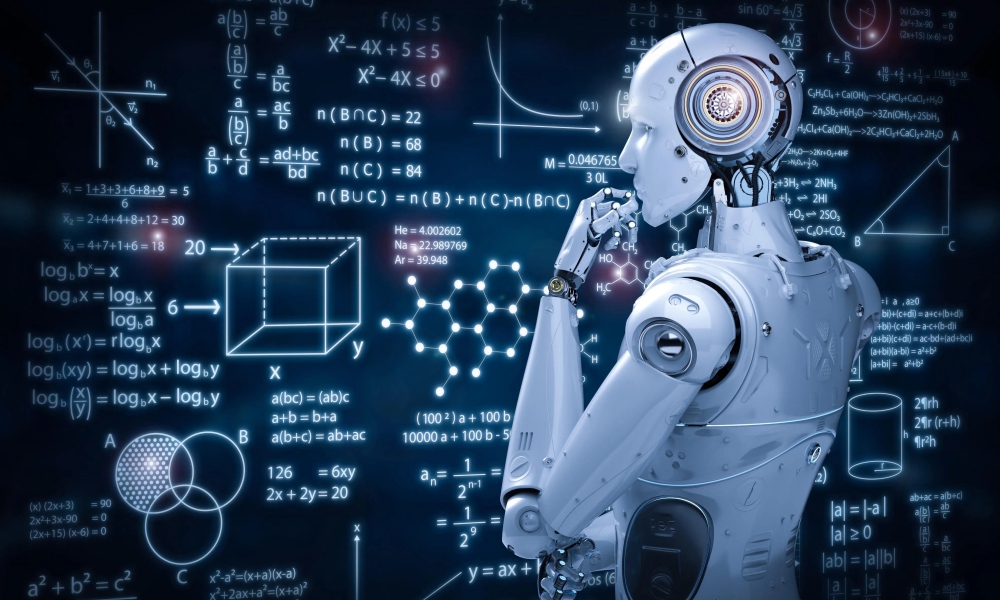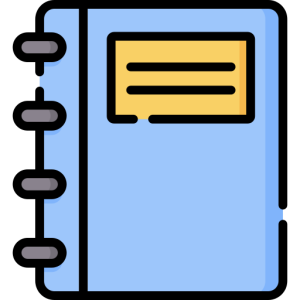
Decrypting AI/ML with Python
 01 Month
01 Month IV Sem
IV Sem Er. Mahendra Singh
Er. Mahendra Singh
Introduction of Course :
Artificial Intelligence (AI) and Machine Learning (ML) are related fields, but not the same. AI is the broader concept of creating intelligent machines, while ML is a subset of AI that focuses on enabling machines to learn from data without explicit programming. Python is a widely used high-level, interpreted programming language. It was created by Guido van Rossum in 1991 and further developed by the Python Software Foundation. It was designed with an emphasis on code readability, and its syntax allows programmers to express their concepts in fewer lines of code. Python is a programming language that lets us work quickly and integrate systems more efficiently.
Upon successful completion of this course, the student should be able to:
- Interpret the fundamental Python syntax and semantics and be fluent in the use of Python control flow statements.
- Express proficiency in the handling of strings and functions.
- Determine the methods to create and manipulate Python programs by utilizing the data structures like lists, dictionaries, tuples and sets.
- Identify the commonly used operations involving file systems and regular expressions.
- Articulate the Object-Oriented Programming concepts such as encapsulation, inheritance and polymorphism as used in Python.
Course Plan:
| S.No. | Topics | Contents |
| 1. | Introduction | Introduction to Artificial Intelligence and Machine Learning |
| 2. | Basics | Demonstrate about Basics of Python Programming, fundamental data types in Python Programming |
| 3. | Operators | Demonstrate the operators in Python with suitable examples |
| 4. | Statements | Demonstrate the conditional statements, Iterative statements, control transfer statements in Python with suitable examples like |
| 5. | Print the Patterns | Write Python programs to print the Patterns |
| 6. | String | Python program to demonstrate various ways of accessing the stringby using Indexing, Slice Operator |
| 7. | Operates on strings | Demonstrate functions/methods which operates on strings in Python with suitable examples |
| 8. | Read and write operations | Python program to perform read and write operations on a file. |
| Python program to copy the contents of a file to another file. | ||
| Python program to print each line of a file in reverse order. | ||
| 9. | Creating list objects | Demonstrate the different ways of creating list objects with suitable example programs, Demonstrate the List slicing and list comprehensions |
| 10. | Tuple objects | Demonstrate the different ways of creating tuple objects with suitable example programs. |
| 11. | Set objects | Demonstrate the different ways of creating set objects with suitable example programs |
| 12. | Searching and Sorting techniques | Implement the Searching and Sorting techniques in Python by using functions such as Linear Search ii) Binary Search iii) Selection Sort iv) Bubble Sort v) Insertion vi) Merge Sort viii) Quick Sort |
| 13. | In-built functions | Demonstrate the in-built functions to use Regular Expressions very easily in our applications. |

